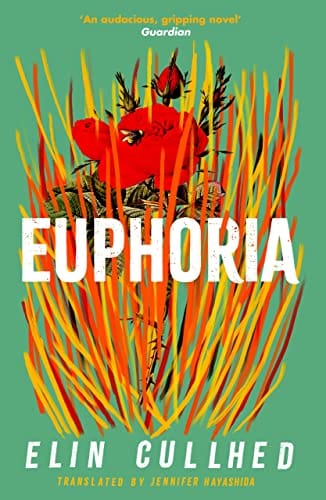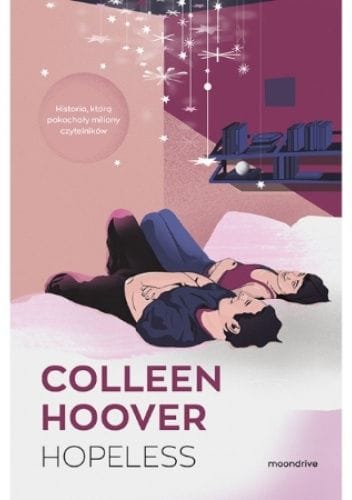Euphoria: Meaning, Science, and Modern Day Relevance
Explore the meaning and science of euphoria, its appearance in pop culture, and practical, healthy ways to spark genuine joy in everyday life.

Introduction: Why We Chase Euphoria
Euphoria is one of humanity’s most captivating emotional states—an intense, all-embracing sense of happiness, energy, and optimism that seems to lift us above the routine of daily life. From the triumphant roar in a packed stadium to the quiet bliss after a long-awaited goal is achieved, the promise of euphoria motivates art, sport, relationships, and even commerce. Yet the concept is more complex than a fleeting high; it is rooted in biology, shaped by psychology, and reflected in contemporary storytelling. Understanding what euphoria truly is—and how to experience it safely—can help us lead richer, more balanced lives.
What Is Euphoria? Definitions Old and New
The word euphoria derives from the Greek euphoros, meaning “bearing well.” Historically, physicians used it to describe patients who displayed positive vitality while recovering from illness. In modern usage, euphoria refers to an exaggerated sense of well-being or elation that greatly surpasses everyday pleasure. It is distinguished from simple happiness by its intensity, time-limited nature, and often physical manifestations such as tingling, rapid heartbeat, or a perceived expansion of awareness. Psychological researchers classify euphoria as a high-arousal, high-valence emotion, placing it near awe and ecstasy on the spectrum of positive affect.
The Spectrum of Euphoric Experiences
Not all euphoric states are created equal. A runner’s high triggered by endocannabinoids in the brain differs from the social euphoria of a concert crowd or the pharmacological euphoria brought on by certain medications and substances. Some episodes are spontaneous; others are cultivated through ritual, music, meditation, or deliberate risk-taking. Recognizing the diversity of euphoric triggers helps us appreciate both its beauty and its potential pitfalls.
The Neuroscience Behind the Feeling
At its core, euphoria is a neurochemical event. The brain’s reward circuitry, particularly the mesolimbic dopamine pathway, floods the nucleus accumbens with dopamine when we encounter stimuli interpreted as highly rewarding. Endorphins, serotonin, and endocannabinoids also contribute, producing sensations of warmth, pain relief, and time distortion. Functional MRI studies show that during euphoric peaks, areas associated with self-referential thought go quiet, which may explain the “loss of ego” many people report. Evolutionary biologists propose that such intense pleasure originally reinforced life-preserving behaviors like procreation, bonding, and exploration. However, because the brain’s reward system can be hijacked by drugs or pathological behaviors, understanding the science is key to maintaining healthy boundaries.
Euphoria in Pop Culture: HBO’s Euphoria
Search engines light up with the term “Euphoria” partly because of HBO’s hit series of the same name. The show tracks the turbulent lives of teenagers navigating addiction, identity, and social media, using vivid cinematography and pulsating soundtracks to mimic euphoric highs and devastating crashes. While the series has been lauded for its raw honesty, critics note that it sometimes blurs the line between depiction and glamorization. Nevertheless, its popularity illustrates society’s fascination with emotional extremes and offers a cautionary tale about chasing artificial euphoria through drugs or risky behavior. For parents, educators, and mental-health professionals, the show can serve as both conversation starter and cultural barometer.
Healthy vs. Unhealthy Euphoria
Not every euphoric rush is beneficial. In clinical psychology, pathological euphoria can emerge during manic episodes of bipolar disorder, certain stages of dementia, or as a side effect of medications such as dopamine agonists. In these contexts, the feeling may lead to impulsivity, poor judgment, or dangerous risk-taking. Conversely, healthy euphoria typically follows achievements, meaningful social connection, or awe-inducing experiences in nature. The difference often lies in sustainability and context: does the feeling support long-term well-being or does it precipitate harm once the high subsides? Recognizing warning signs—sleep deprivation, financial recklessness, or aggression—can help differentiate a positive peak from a potentially harmful spiral.
The Role of Mindfulness
Practicing mindfulness can anchor euphoric moments in awareness, preventing the swing from elation to exhaustion. By noticing bodily sensations and thoughts without clinging to them, individuals can savor positive highs while staying grounded in reality.
How to Cultivate Authentic, Sustainable Euphoria
1. Pursue Flow Activities: Psychologist Mihaly Csikszentmihalyi’s concept of flow—total absorption in a challenging but doable task—often produces a gentle form of euphoria. Whether you are rock climbing, coding, or playing music, the key is a balanced ratio of skill to challenge.
2. Engage in Moderate Exercise: Aerobic workouts stimulate endorphins and endocannabinoids, leading to the famed runner’s high. Consistency trumps intensity; a brisk 30-minute walk can be enough.
3. Foster Social Connection: Shared laughter, synchronized movement (like dancing), and acts of kindness release oxytocin, enhancing euphoria and social bonding simultaneously.
4. Harness Music and Art: Listening to emotionally charged music triggers dopamine release. Playing an instrument or painting amplifies the effect by adding the flow component.
5. Practice Gratitude and Awe: Journaling what you are grateful for or spending time in awe-inspiring natural settings can create slow-burn euphoria that supports mental resilience.
6. Sleep and Nutrition: Adequate rest and a balanced diet rich in omega-3 fatty acids and B vitamins provide the neurochemical building blocks for positive mood states.
Conclusion: Embracing Euphoria Wisely
Euphoria, when experienced in healthy doses and contexts, can act as a motivational engine, a bonding agent, and even a spiritual compass. By understanding its neurochemical roots, appreciating its portrayal in media, and differentiating between supportive and harmful highs, we can integrate euphoria into our lives without letting it dominate us. In an age of instant gratification and algorithm-driven stimulation, choosing mindful, sustainable pathways to joy may be the most radical act of self-care. Harness the surge, respect its power, and let authentic euphoria illuminate rather than eclipse the everyday moments that make life worth living.



